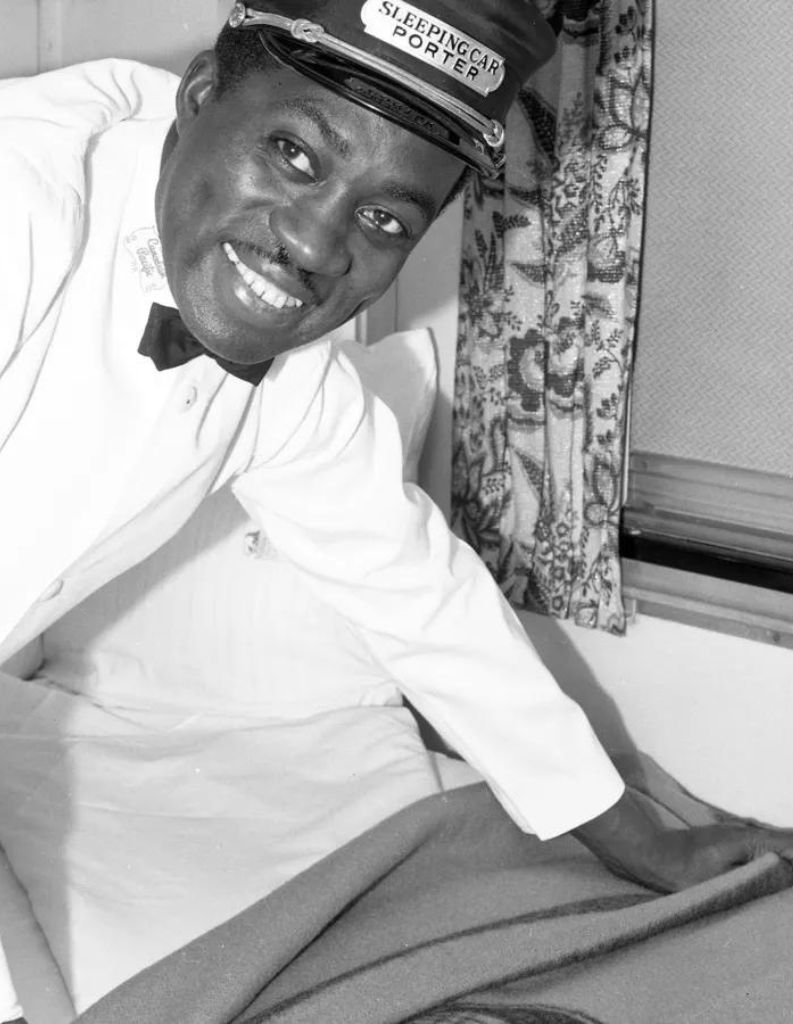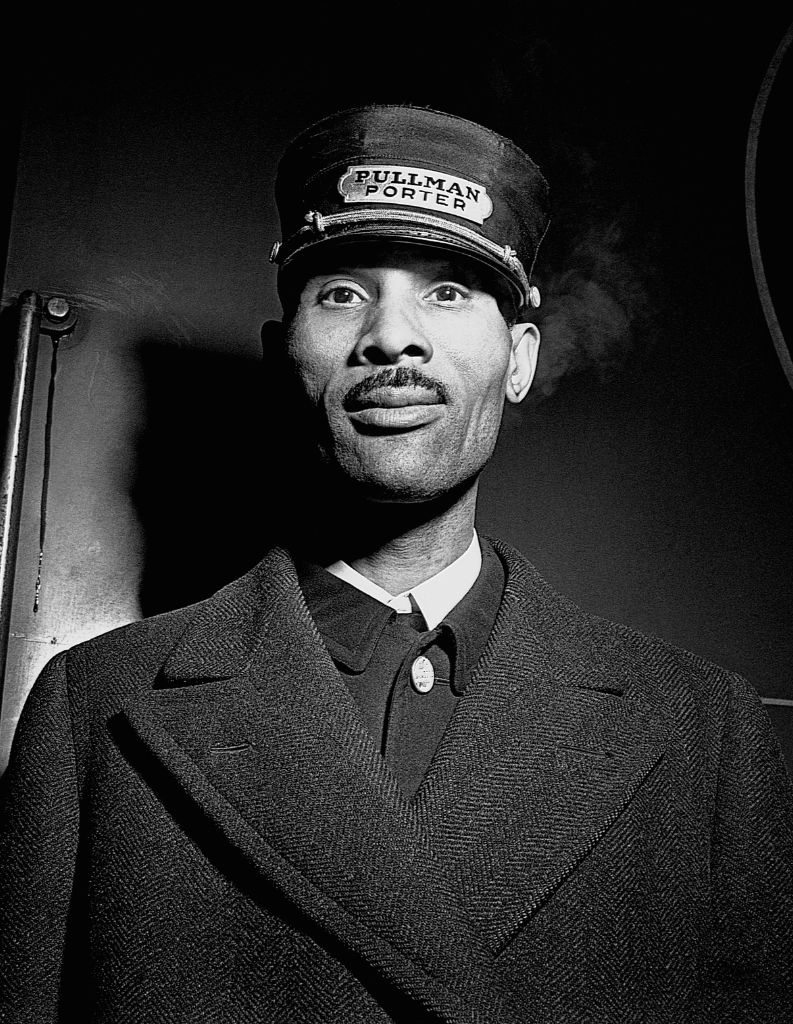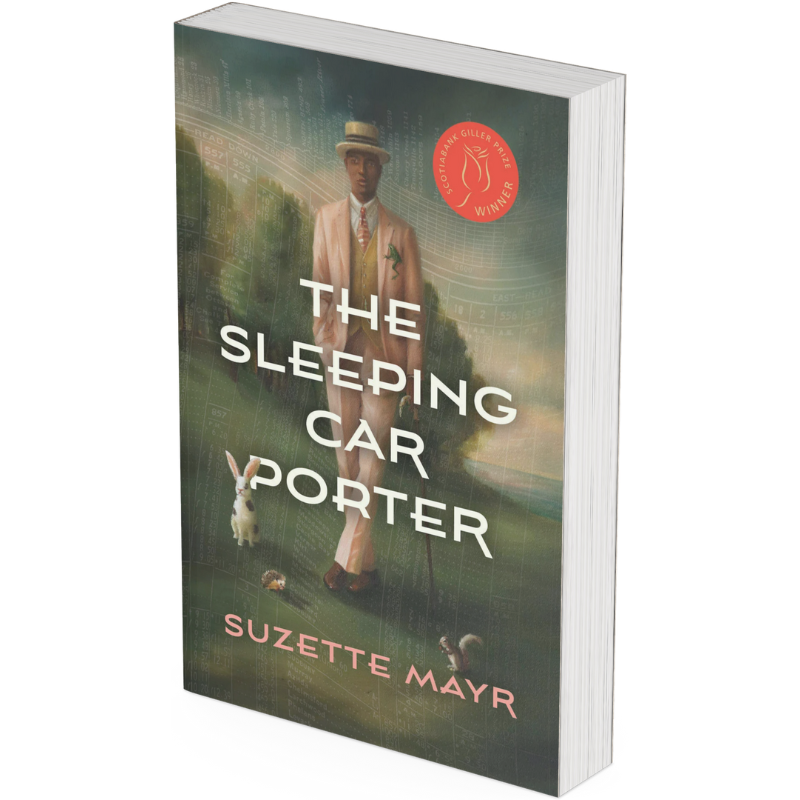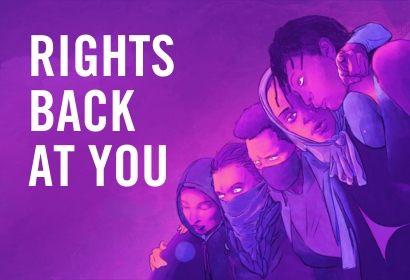The Sleeping Car Porter by Suzette Mayr is set in the early 20th century, a period of significant importance in the context of Black Canadian history and the labour rights movement. This era saw the growth of the civil rights movement, challenges to systemic racism, and the emergence of unions.
Black workers, like the protagonist Baxter, were at the forefront of these campaigns. They faced difficult working conditions and discrimination while also growing the Black middle class. This crucial moment is key to understanding Canada’s complex history of racism, labour struggles, and the fight for equality.
The Sleeping Car Porter portrays the life of Baxter, a young, queer Black train porter riding the rails across Canada. His journey is punctuated by his gruelling work conditions and the train passenger prejudices — a telling reflection of the broader struggle of Black Canadians of his time.
Mayr’s writing style is known for its vivid imagery, rich character development, and the exploration of complex themes. Her narratives often explore issues of identity and race.

BLACK LABOUR RIGHTS ON CANADA’S RAILWAYS
Starting in the late 1800s, Black men from across North America, the Caribbean, and the Dutch East Indies worked as sleeping car porters for Canadian and American railway companies. On the job, they faced discrimination and exploitation.
Most porters were Black men with university degrees in science, medicine, or business administration and were denied other jobs due to racist attitudes in society.
To improve their conditions and wages, porters unionized under the Order of Sleeping Car Porters and the Brotherhood of Sleeping Car Porters.1
Why did I get a job as a porter on the railway?
Stanley G. Grizzle, Brotherhood of Sleeping Car Porters 2
I couldn’t get anything else – and I didn’t want to starve.”
On February 17, 2024, Amnesty Book Club hosted a live Zoom event with Suzette Mayr during Black History Month. You can watch the full recording below.
BLACK SLEEPING CAR PORTERS

A porter makes a bed in the sleeping car.
Photo by CRHA/Exporail, Canadian Pacific Railway Company Fonds

A Pullman sleeping car porter, 1943
Photo by Jack Delano via Corbis/Getty Images
A sleeping car porter with shoe polish, 1935.
Photo by Hulton Archive/Getty Images

DISCUSSION QUESTIONS
February is Black History Month in Canada. The following questions are intended to spark thoughtful discussions and reflection on the struggles and achievements of Black Canadians throughout history and today:
- How does the train setting influence the narrative? Compare the dynamics when the train is stationary versus when it’s moving.
- Why is Baxter’s interest in teeth and dentistry significant for his character development?
- Which character resonated with you the most and why?
- Discuss your reactions to the physical hardships faced by Baxter.
- Explore how Baxter’s identity impacts his interactions.
- Discuss how the book’s themes relate to the Universal Declaration of Human Rights.
- Reflect on your prior knowledge of the history of Black porters in Canada. How did the book change or reinforce your understanding?
- Discuss how the book connects to the current Black Class Action lawsuit brought by current, former, and prospective Black workers alleging systemic anti-Black racism within the Canadian federal public service. What parallels do you see?
- Analyze the book’s portrayal of labour rights and unionization. How does it relate to today’s labour movements?
- Reflect on the evolution of human rights for Black Canadians from the 20th century to today.
REFERENCES
- “Black sleeping car porters,” Travis Tomchuk, The Canadian Museum for Human Rights, 2014.
- My Name’s Not George: The Story of the Brotherhood of Sleeping Car Porters in Canada, Stanley S. Grizzle, 1997.
Top Banner Photo: (Left to right) Sleeping car porters Shirley Jackson, Pete Stevens, Harry Gairey and Jimmy Downes. Photo from Library and Archives Canada, PA-212572.

The Sleeping Car Porter by Suzette Mayr, Coach House Books, 2022.

Suzette Mayr, Scotiabank Giller Prize-winning author of The Sleeping Car Porter
DISCUSSION GUIDE
Download the Amnesty Book Club Discussion Guide for The Sleeping Car Porter in a high-resolution printable PDF file below.
Download the Amnesty Book Club Discussion Guide for The Sleeping Car Porter in a low-resolution shareable PDF file below.
LEARN MORE
Listen to Suzette Mayr’s interview on CBC’s The Next Chapter. Aired: Jan. 7, 2023.
Read “Black sleeping car porters,” by Travis Tomchuk for The Canadian Museum for Human Rights.
Read the book My Name’s Not George: The Story of the Brotherhood of Sleeping Car Porters in Canada by Stanley G. Grizzle.
Read Amnesty’s statement about recognizing Black and 2SLGBTQIA+ people in the Employment Equity Act.
Listen to Amnesty’s podcast about anti-Black racism, policing, and surveillance, Rights Back at You.












